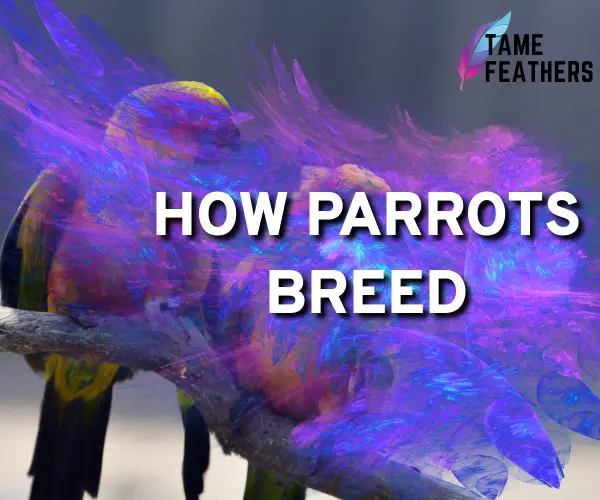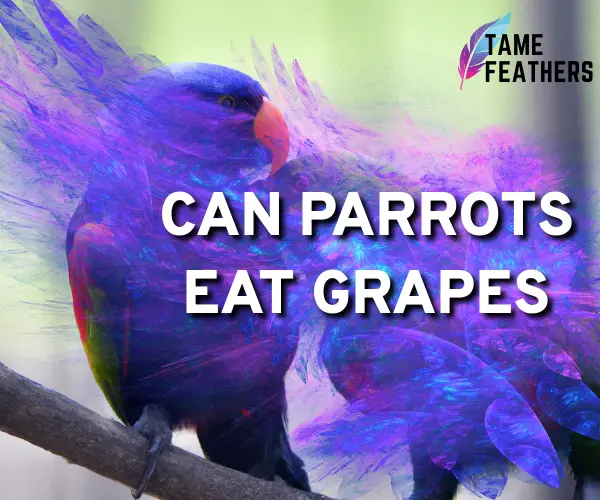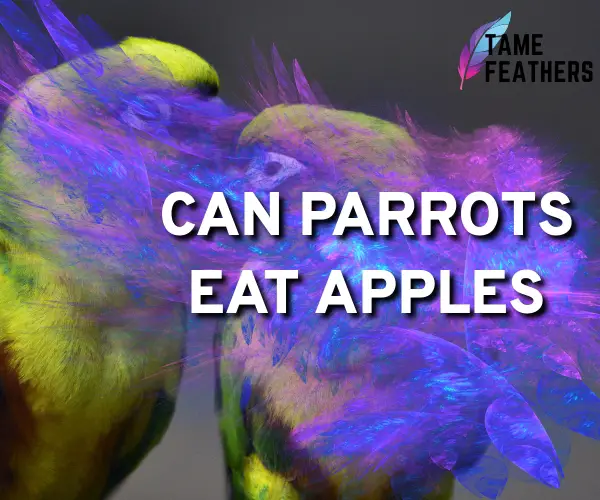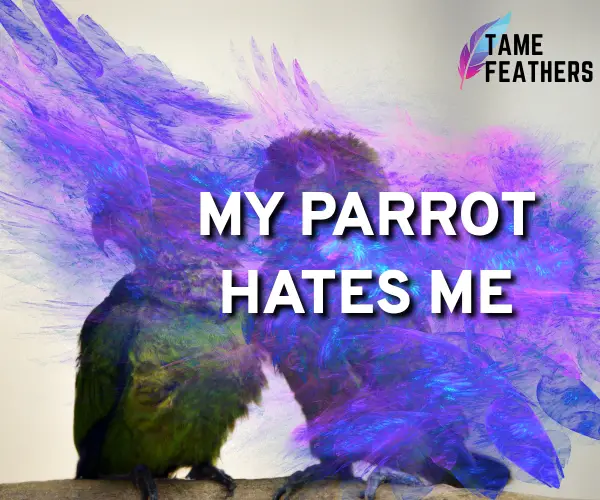Mating Habits
Parrots are species that practice monogamy, meaning that they stay with the same partner year after year. They rely on visual displays to attract potential mates, employing vivid colors and complex dances that may include head bobs, tail feathers fanning out, beak clicking or grinding, and other movements. Parrots will choose a mate for life and then proceed to construct nests in hollow tree trunks or cavities in cliffsides jointly after they have done so. There are also other materials that can be used to build nests, like as leaves and twigs of varying sizes that are held together by mud.Males will court their mates by bobbing their heads up and down and singing songs to gain her attention during the breeding season, which varies depending on the species but typically occurs during the springtime months when food is plentiful. During this time, males will attempt to breed with females. Before mating takes place, it is common for females to accept wooing offerings such as bits of fruit or insects. Occasionally, males will also offer these things.
Egg Laying & Incubation
Depending on the species, the female parrot will produce anywhere from two to six eggs in a single clutch. She will typically lay one egg every other day until she has finished laying all of the eggs. Incubation of these eggs can take anywhere from 18 to 30 days, depending once more on the kind of bird that laid them, and it is the joint responsibility of both parents. How parrots breed, specifically through the laying of eggs and the incubation of those eggs is a vital component of the process of maintaining the continued increase of the population of certain species.After all of the eggs have been set, the process of incubation can begin. The male and female will take turns lying atop the eggs for shifts lasting anywhere from eight to twelve hours at a period in order to maintain temperatures at the correct range required for hatching (between 36-38 degrees celsius). While one parent stays on top of the nest to keep it warm for the young, the other parent stays on guard above to protect the young from potential dangers such as birds of prey, raccoons, and other animals. Once they have hatched, the chicks stay in the nest for the first several weeks; nevertheless, both of their parents continue to take turns caring for them until they are mature enough to fly away into the wilderness by themselves.
Feeding Chicks
The process by which parrots reproduce includes not only the provision of a safe haven in the form of a nest, but also the feeding of their young after they have hatched. This is accomplished primarily through the regurgitation of seeds that the adults have already consumed; this practice, known as crop milk production, involves breaking down nutrients derived from fruits and vegetables in order to provide easily digestible content to newly hatched young. Chicks are fed by their parents numerous times throughout the day to ensure that they receive sufficient nourishment and grow in a healthy manner while also maintaining their safety within the nest cavity, where they are protected from various dangers that exist in the outside world beyond…. Eventually, when they are able to fly short distances and acquire their own food sources necessary to survive in natural areas such as tropical rainforests, deserts, mountains, and plains around the globe, fledglings leave their nests between the ages of 4-6 weeks. The majority of chicks that are born during each season grow up to be adults, despite the fact that many of them do not survive natural predators, diseases that are present in the environment, and especially those that are concentrated in areas close to human habitations, which are at an increased risk of being persecuted and hunted due to activities that are unfortunately taking place regionally.
Weaning & Developmental Stages
How Parrots Breed also includes the weaning stage, which occurs after the fledging period and occurs when children become less dependent on their parents’ care and begin to explore the world on their own while gaining confidence and strength along the way and graduating from mini milestones at age 1 month, 2 months, 3 months, etc.This transitional phase enables juveniles to gain the abilities necessary to survive independently and eventually mate themselves, maintaining the cycle of survival and perpetuating their existence within the ecosystems that people inhabit on planet Earth today.In some cases, females may begin laying new eggs shortly after their previous hatchlings have left the nest. This allows the parents to quickly replenish the number of young that have been lost over the course of the years, as well as add diversity to the genetic pool, which contributes to the maintenance of healthy populations over the long term…




